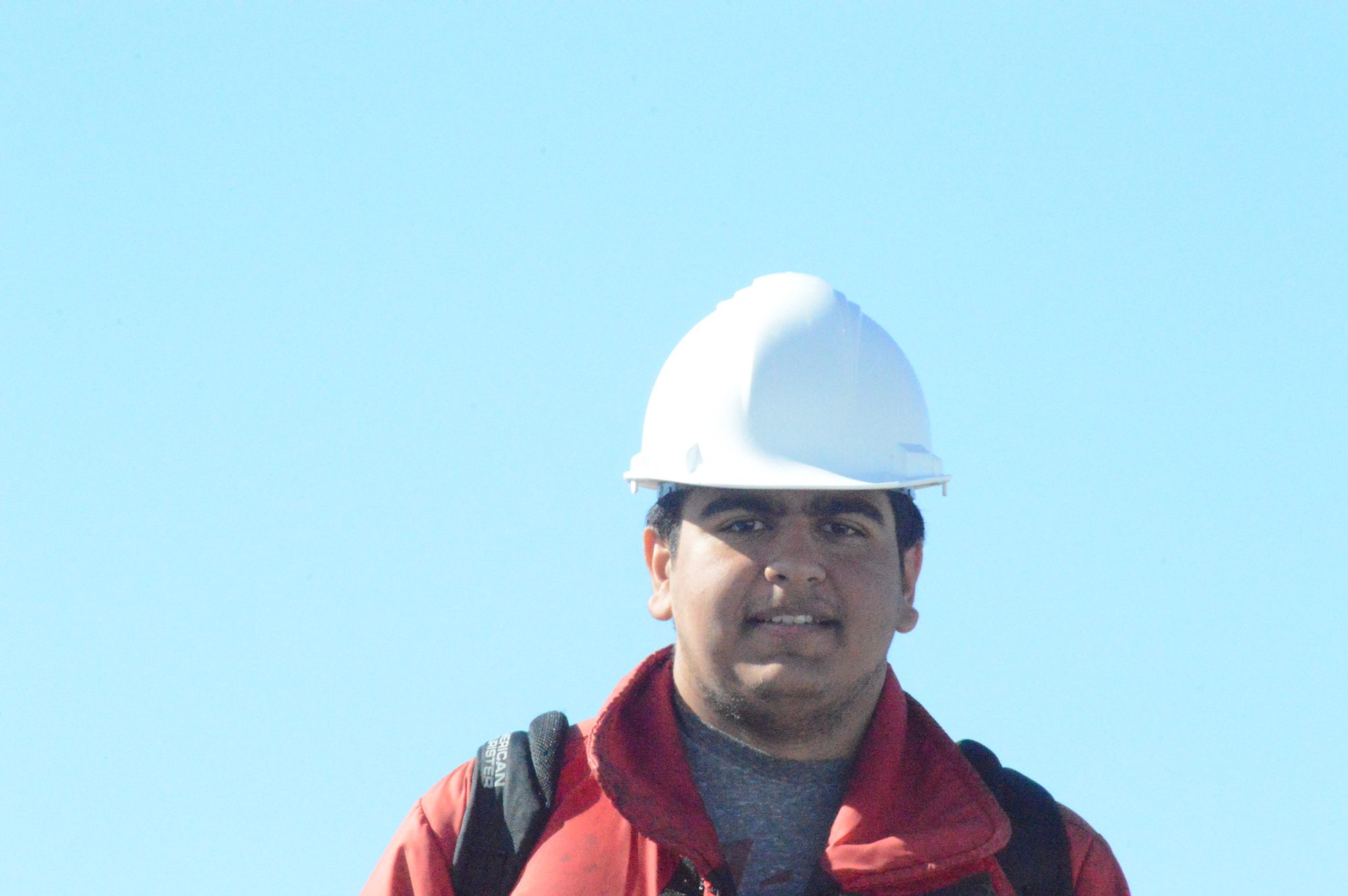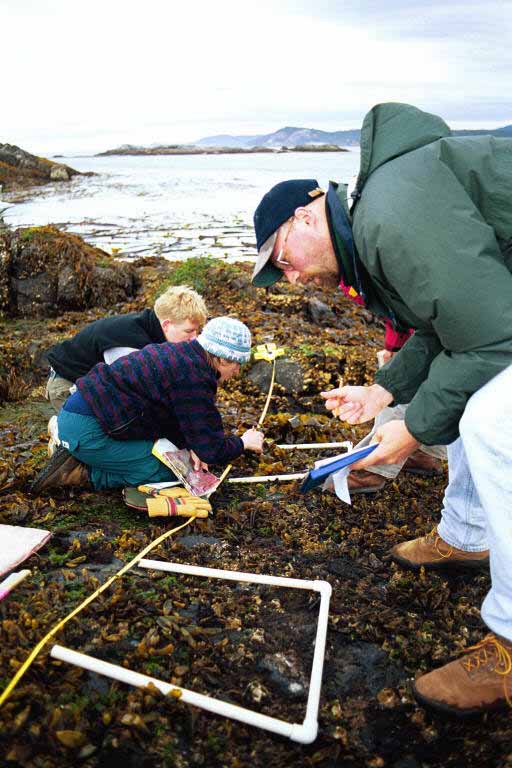Often when we visit special ecological areas our observations are restricted to a limited view. In this video, we visited six diverse Ecological Reserves with the goal of revealing some of their special features from a distant viewpoint as well as a close up one. Under a special permit from BC Parks, Jamie Frith used his drone and a macrophotographic camera to enable us to present a unique perspective on the reserves.
This video was made for the Friends of Ecological Reserves with the support of BC Parks. We started the project in March 2021 and originally were only allowed by BC Parks to film in 6 Ecological Reserves in the southern part of Vancouver Island due to restrictions of COVID 19. Plans to include ERs from the interior of the province also were not possible As those restrictions were eased mid summer, we were able to extend our range and travel North to include the Nimpkish River ER, in order to include a representative area of mature Douglas Fir forest.
Ecological Reserves which we were able to include were:
- Nimpkish RIver ER#118 start time- 1:20
- San Juan RIdge ER #83 start time- 5:58
- Oak Bay Islands ER #94 start time-11:02
- Mount Tzuhalem ER#112 start time- 16:38
- San Juan River ER#141 start time- 25:01
- Race Rocks ER#97 start time- 25.03
One of the goals of the Ecological reserves act is to provide protected places for research and education. Some reserves, especially those with seabird colonies are closed to the public and only accessible with a permit from BC Parks. Since it is illegal to fly a drone over any provincial (or federal) protected area without a permit, the use of the drone was possible only with permission and precautions for no disruption to animals. As mentioned in several of the interviews, because of the sensitive ecological nature of the areas, the public is not encouraged to visit Ecological reserves.
THE 50th ANNIVERSARY:
On April 2, 1971, the Government of British Columbia became the first jurisdiction in Canada to pass legislation to protect Ecological Reserves, places set aside primarily for ecological research and education, not recreation. The Ecological Reserve Act led to an Order in Council that established the first 29 ecological reserves on May 4, 1971. Fifty years later, British Columbia has 148 ecological reserves across the entire province. This video features just a few of the ones on Vancouver Island. In 2021, the BC government proclaimed April 2nd as Ecological Reserves Day in commemoration of the 50th anniversary of the passing of the Ecological Reserve Act.”
Protecting rare species and ecosystems is just one of the reasons to have an ER established. Equally important was protecting representative examples of natural ecosystems. See the wording in the Purpose section of the ER Act:
Garry Fletcher

